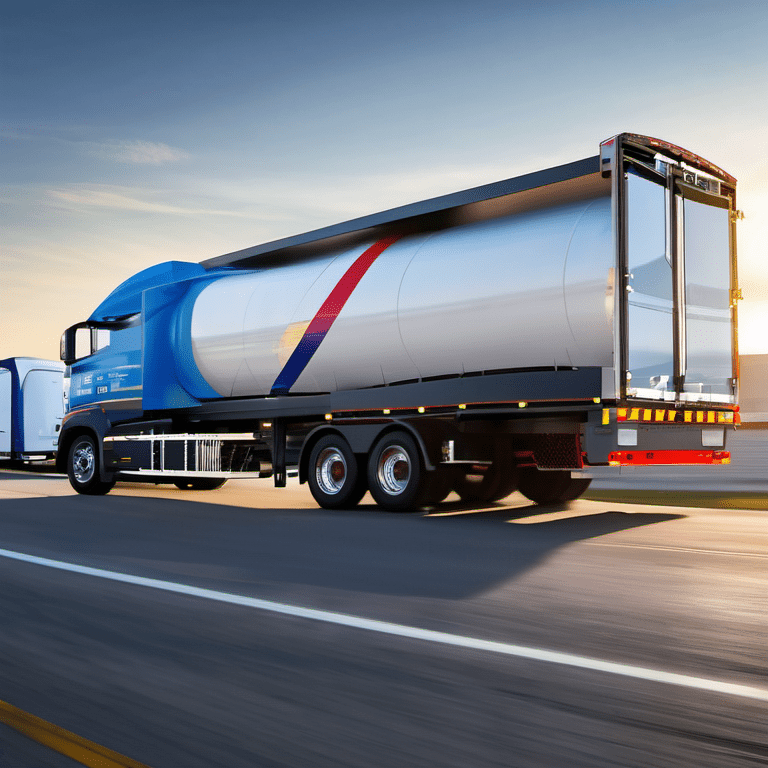The autonomous semitrailer industry is a rapidly evolving sector, with significant advancements in technology and automation. One of the key areas of focus within this industry is the transportation of industrial gases. This is a complex process that requires careful planning, stringent safety measures, and advanced technology.
Needs:
The need for autonomous semitrailers in the industrial gases sector is driven by several factors. Firstly, there’s an increasing demand for industrial gases across various sectors such as healthcare, food and beverage, chemical manufacturing, and more. This necessitates efficient and reliable transportation solutions.
Secondly, the transportation of industrial gases poses several challenges. These include maintaining the right temperature and pressure conditions, ensuring safety during transit, and minimizing the risk of gas leaks or spills. Traditional methods of transportation may not be equipped to handle these challenges effectively.
Solution:
The solution lies in leveraging autonomous semitrailers for transporting industrial gases. These vehicles are equipped with advanced technologies such as AI-driven navigation systems, real-time monitoring capabilities, and automated control systems. They can maintain optimal conditions for gas storage during transit, thereby ensuring the quality and safety of the gases.
Autonomous semitrailers also offer several other benefits. They can operate round-the-clock without human intervention, thereby increasing operational efficiency. They can also navigate through complex routes and traffic conditions with ease, ensuring timely delivery of gases.
Action:
To implement this solution effectively, companies need to take several actions. Firstly, they need to invest in high-quality autonomous semitrailers that are specifically designed for transporting industrial gases. These vehicles should be equipped with advanced features such as temperature control systems, pressure monitoring devices, and leak detection sensors.
Secondly, companies need to train their staff on how to operate these vehicles safely and efficiently. This includes understanding the vehicle’s control systems, monitoring capabilities, and safety features.
Lastly, companies need to establish robust protocols for handling emergencies. This includes procedures for dealing with gas leaks or spills, vehicle breakdowns, and other potential issues.
Conclusion:
In conclusion, autonomous semitrailers represent a promising solution for the transportation of industrial gases. They offer several advantages over traditional transportation methods, including improved safety, efficiency, and reliability. However, to fully leverage these benefits, companies need to invest in high-quality vehicles, train their staff effectively, and establish robust emergency protocols. By doing so, they can truly crack the autonomous semitrailer code and revolutionize the transportation of industrial gases.
